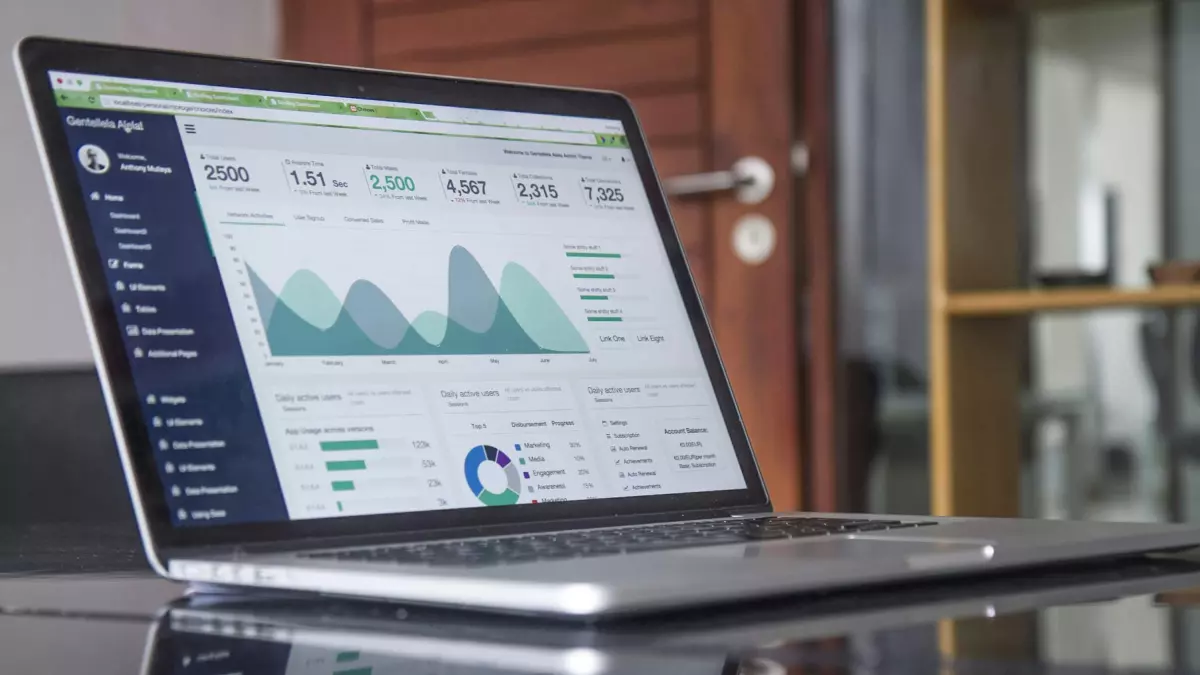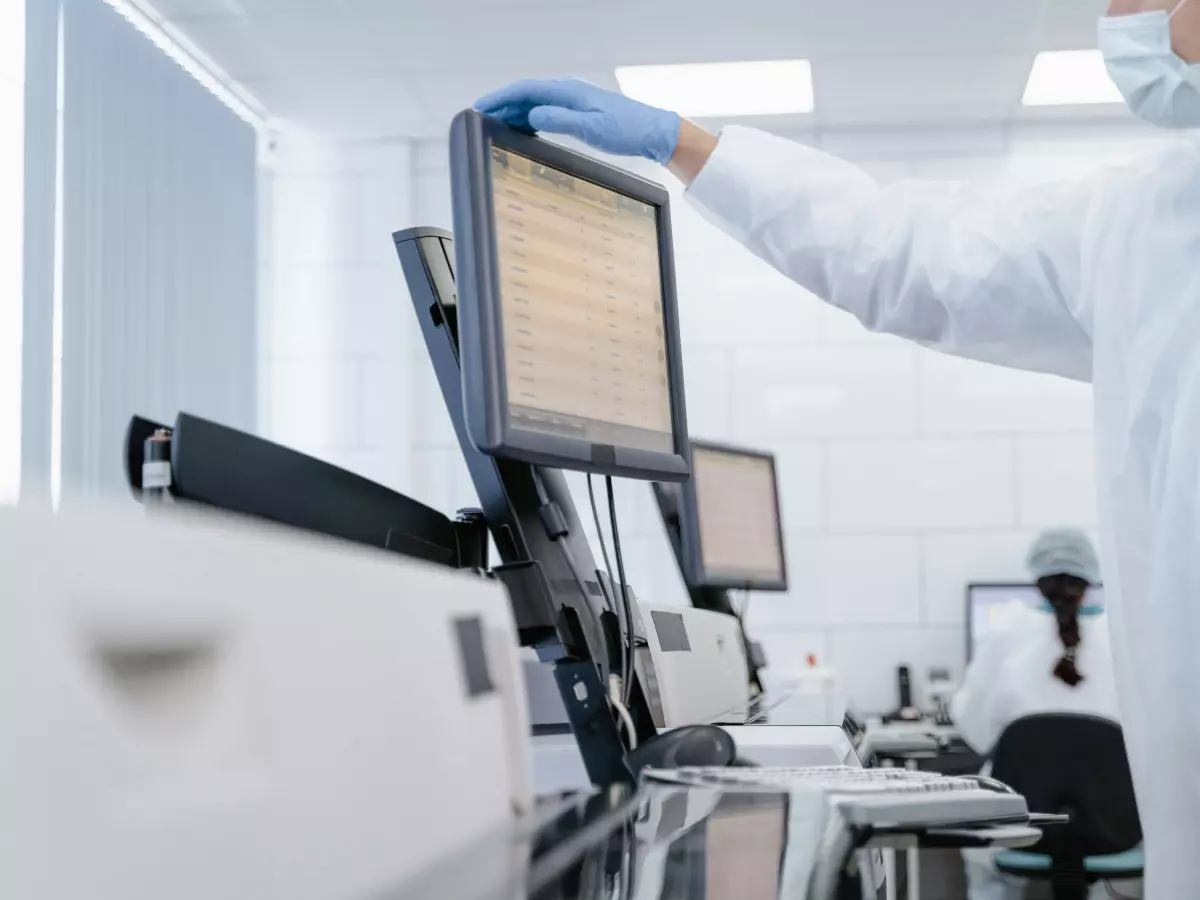Data Compression Revolution
Data is growing at an insane pace. Every day, we generate more data than we can handle, and storing or transmitting it efficiently is becoming a nightmare. Enter AI.

By Priya Mehta
Let’s face it: traditional data compression techniques are struggling to keep up with the sheer volume of data we produce. Whether it’s images, videos, or text files, the need for faster, more efficient compression has never been greater. And guess who’s stepping in to save the day? Yep, Artificial Intelligence.
AI-driven data compression is not just a buzzword; it’s a game-changer. By leveraging machine learning models, AI can now compress data in ways that were previously unimaginable. But how exactly does this work? And why should you care? Let’s dive into the nitty-gritty.
Traditional Compression vs. AI Compression
Before we get into the AI magic, let’s quickly recap how traditional data compression works. Techniques like Huffman coding or Run-Length Encoding (RLE) have been around for decades. They rely on finding patterns in data and encoding them in a more compact form. While effective, these methods are limited by their inability to adapt to the complexities of modern data.
Now, AI-based compression flips the script. Instead of relying on predefined rules, machine learning models learn from the data itself. These models can identify patterns and redundancies that traditional algorithms miss. The result? Higher compression ratios and faster processing times.
How AI Learns to Compress
AI-based compression techniques often use neural networks, particularly autoencoders. These are a type of unsupervised learning model that can learn to compress data by encoding it into a smaller representation and then decoding it back to its original form. The trick is that the encoded version is much smaller, but still retains the essential information.
Here’s where it gets interesting. Unlike traditional methods, which are static, AI models can continuously improve. As they process more data, they get better at identifying what can be compressed without losing quality. This is especially useful for complex data types like images and videos, where traditional methods often struggle.
Applications: Where AI Compression Shines
So, where is AI-based compression making waves? Let’s start with video streaming. Platforms like Netflix and YouTube deal with massive amounts of video data every second. AI-based compression allows them to deliver high-quality streams without hogging bandwidth. This not only improves user experience but also reduces costs for the companies.
Another area is cloud storage. As more businesses move to the cloud, the demand for efficient storage solutions is skyrocketing. AI-based compression helps reduce the amount of storage needed, making cloud services more affordable and scalable.
And let’s not forget IoT devices. These little gadgets are constantly collecting and transmitting data. AI compression ensures that this data can be transmitted quickly and efficiently, even over limited bandwidth.
The Challenges: It’s Not All Smooth Sailing
Of course, no technology is without its challenges. One of the biggest hurdles for AI-based compression is computational cost. Training these models requires significant processing power, which can be expensive and time-consuming. However, as hardware improves and becomes more accessible, this barrier is slowly being lowered.
Another challenge is lossy compression. While AI can achieve impressive compression ratios, it sometimes sacrifices quality. This is particularly problematic in fields like medical imaging, where losing even a tiny bit of data can have serious consequences. Researchers are working on ways to minimize this, but it’s still a work in progress.
What’s Next for AI and Data Compression?
So, what does the future hold? Well, AI-based compression is still in its early stages, but it’s evolving fast. We can expect to see even more advanced models that can handle increasingly complex data types with minimal loss of quality.
Moreover, as AI becomes more integrated into everyday devices, we’ll likely see compression happening in real-time. Imagine your smartphone automatically compressing photos and videos without you even noticing. Or your smart fridge sending compressed data to the cloud to optimize energy usage. The possibilities are endless.
In short, AI is not just improving data compression; it’s revolutionizing it. And as data continues to grow, this technology will only become more critical. So, buckle up—this is just the beginning!





